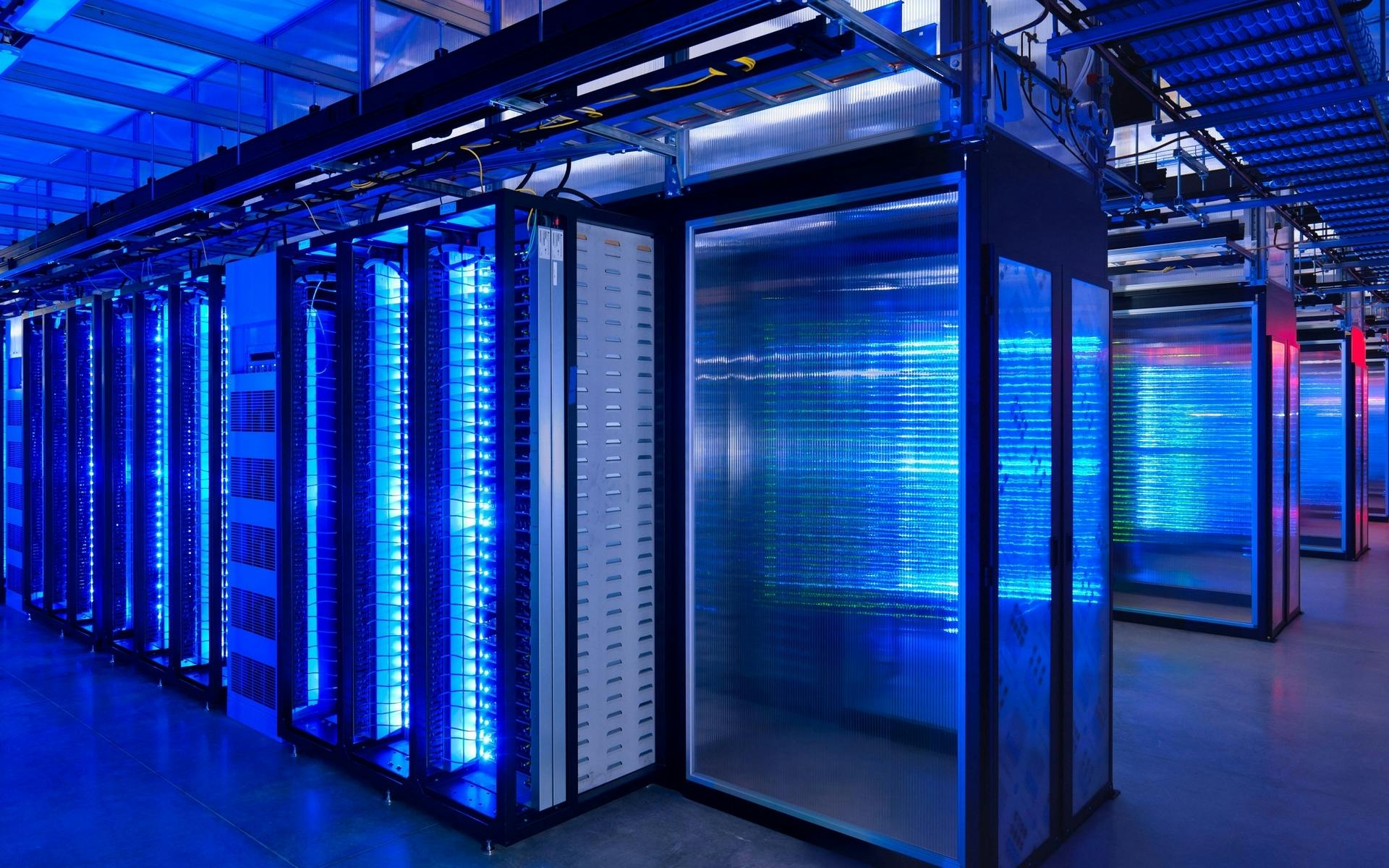High data rate 5G and cloud computing are driving 200G and 400G adoption in data centers.
Data centers are also finding themselves at a fork in the road with their infrastructure plans. Do they adopt a direct step to 400G or a two-step approach to scalable 200G first?
With two common upgrade paths, is one better suited for data centers than the other? Read on to discover which is best for your network.
Evolution of new technologies driving 400G usage
The 200G standard for telecommunications has been approved since 2018, giving it a market mature status. While only half the speed of a 400G single-mode specification, many data centers saw it as a welcome improvement over the former 100G standards.
Due to recent improvements in disruptive technologies such as 5G, AI, and cloud computing, their need for increased bandwidth and data rates have driven data centers to more rapidly adopt 400G standards.

If 400G is better, why are some data centers choosing a 200G step?
When network switches control data flow on a LAN, the speed at which they can pass information is determined by the speed of its uplink port. Since the physical connections between switches and servers are fixed, many people use one-to-four connections. The popularity of this structure is likely to increase in the future, with the choice between 200G and 400G Ethernet depending on the server used.
Beyond the technical angle, there's market maturity and cost factors to consider too. As 200G options are more mature, competition between OEMs and third-parties quickly improved module availability. By choosing to take an intermediate 200G step, a data center with a tight budget could defer more costly 400G upgrades to a later time. These cost-benefits unfortunately no longer hold true as 400G competition has eroded prices to similar levels.
Why are some data centers adopting 400G early?
The main two factors pushing the popularity of 400G Ethernet versus 200G is the module supply, alongside the cost. The availability of 200G long-haul cables enables aggressive DCI network builds and in large part drove 400G early adoption.
Now, 400G is even more popular as the cost-benefit of 200G optics has been nearly eliminated in most cases. However, even if the initial costs are equal, because of the improved efficiency, a 400G transceiver uses half the power and reduces daily operating costs over a 200G transceiver.

As demand improves and supply competition ramps up to meet it, 400G transceivers are expected to mature into an even more affordable price point. With almost all data centers having a 400G step in their roadmap, increased demand for 400G over 200G will continue to push prices and availability to the data center's benefit. The total revenue generated by 400G in the whole market has made it much more popular than 200G and other speeds and shows no plans to slow.
Based on factors such as compatibility, convenience, and cost, if you choose to invest in 400G Ethernet, you will be able to achieve the best performance for longer-term projects. Ensure you work with a partner like AddOn who codes optics in house for total compatibility with a 99.98% reliability rate for best results and minimal headaches.
